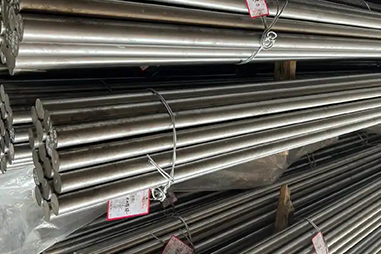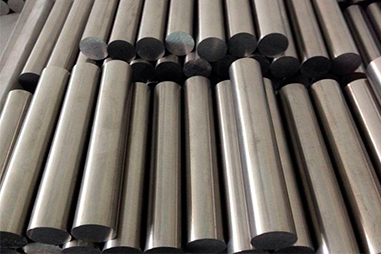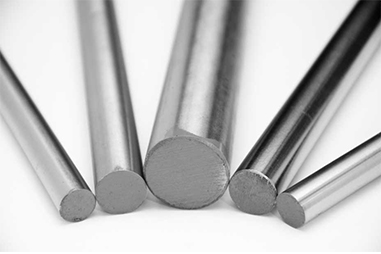|
Types Of Twist Drill Bits
Twist drill bits are classified based on material, coating, and geometric design. Common materials such as high-speed steel, cobalt steel, and carbide provide varying degrees of hardness, heat tolerance, and compatibility with different workpiece materials. Coatings like titanium nitride boost performance by decreasing friction and enhancing surface hardness. Geometric differences involve flute angles and point angles, which influence cutting effectiveness and chip evacuation. Flute angles regulate the spacing between cutting edges, affecting chip flow and cooling efficiency, while point angles impact penetration ease into the material and operational stability of the bit. Mastering these classifications is essential for choosing the correct twist drill bit for a particular task, ensuring maximum efficiency and prolonged tool durability.
|
Product Material
High-Speed Steel (HSS) is a kind of high-carbon and high-alloy tool steel, named for its ability to maintain hardness under high-speed cutting conditions.
high-speed cutting conditions.
Its main components include:
1.Tungsten (W) and molybdenum (Mo) : accounting for 10% to 20%, enhancing red hardness (the ability to maintain hardness at high temperatures);
2. Chromium (Cr) : Approximately 4%, enhancing hardenability and corrosion resistance;
3. Vanadium (V) : 1% - 5%, refines grains and enhances wear resistance;
4. Carbon (C) : 0.7% - 1.5%, forms carbides with other elements to increase hardness.
M35 high-speed steel features high hardness (HRC67 ~ 70), high red hardness (625℃ for 4 hours,HRC63 ~ 65), and high wear resistance. It is suitable for manufacturing various wear-resistant and impact-resistant tools for powerful cutting, advanced punches and dies, screw dies, tools that require more toughness and have complex shapes, reamers, milling cutters, iron heads, punches, etc.
Carbide possesses a series of excellent properties such as high hardness, wear resistance, good strength and toughness, heat resistance and corrosion resistance. Particularly, its high hardness and wear resistance remain basically unchanged even at 500℃, and it still has a very high hardness at 1000℃.
Carbideis widely used as tool material, such as turning tools, milling cutters, planing tools, drills, boring tools, etc. It is used to cut cast iron, non-ferrous metals, plastics, chemical fibers, graphite, glass, stone and ordinary steel. It can also be used to cut difficult-to-machine materials such as heat-resistant steel, stainless steel, high manganese steel and tool steel.

High-Speed Steel (HSS)

Cobalt Steel

Carbide
|
Geometry Variations







































